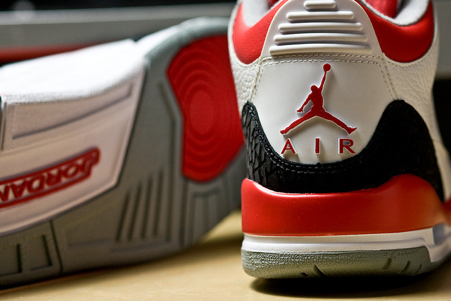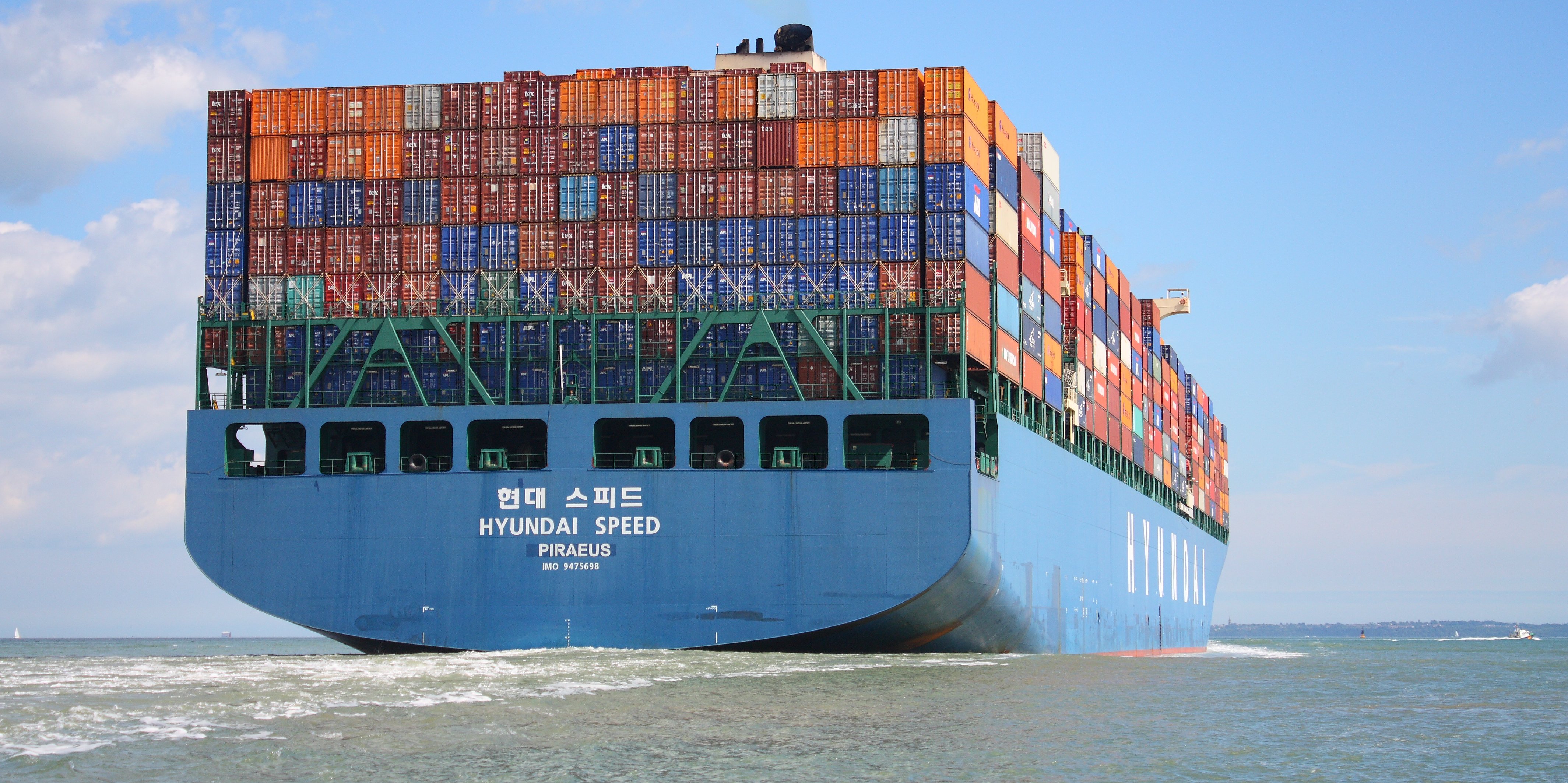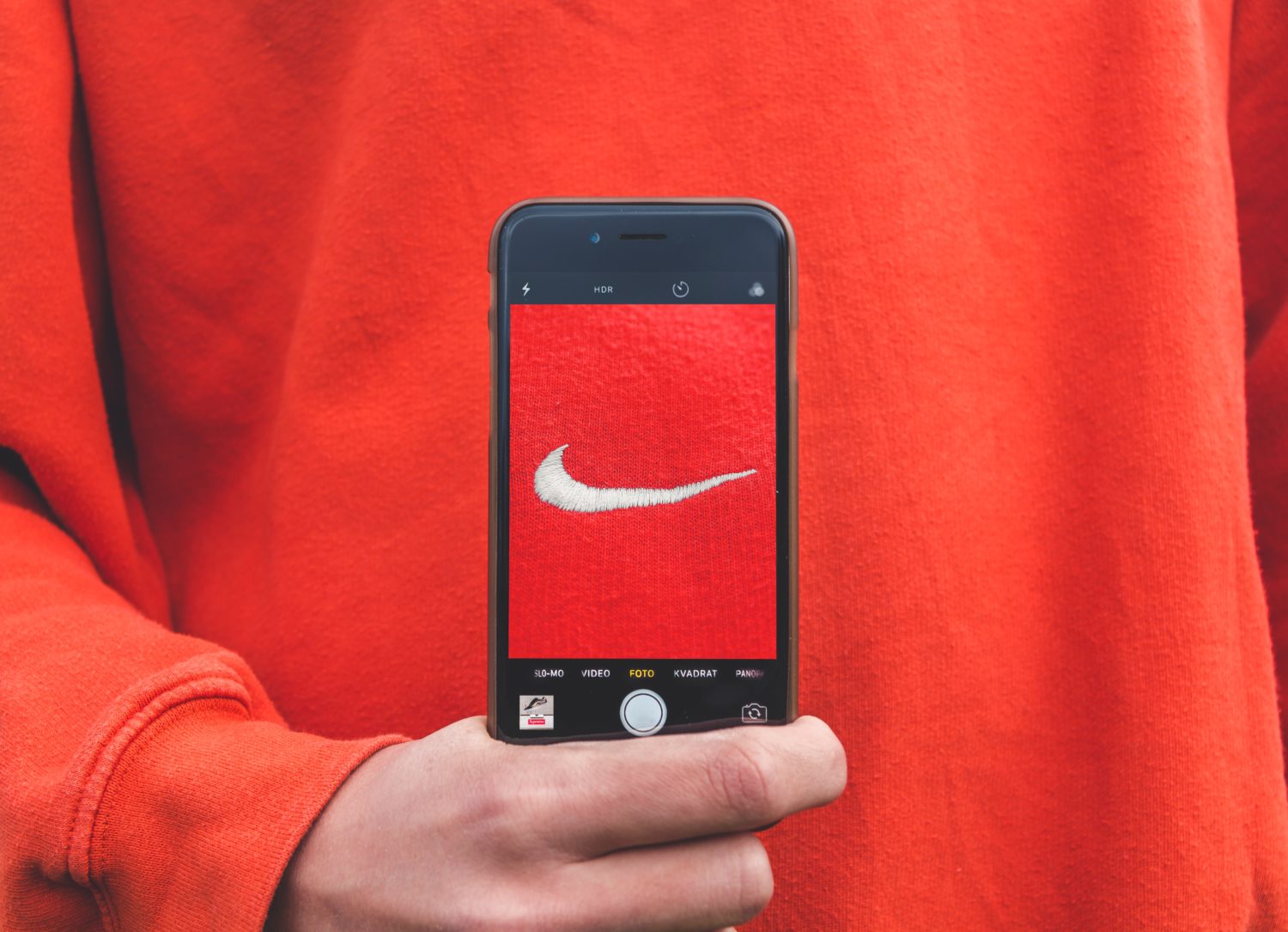Nike’s Heroic Journey: From Blue Ribbon to Goddess of Victory
Nike – a global brand. The company and its logo, the Swoosh, are known worldwide. On a par with McDonalds and Disney. For a while, the logo was even the most frequently engraved tattoo in the USA. The company sponsors athletes in a wide variety of disciplines around the world. Some of them even have their own shoe models.
The best known is probably the sneaker line of Michael Jordan, the basketball and world star. His unmistakable “Jumpman” has now even become a sneaker brand in its own right.

But how did this fire come about? What were their beginnings? Who were its founders? How did this sporting giant grow into what we know today? On the occasion of Nike’s 50th birthday, we tell you how the hero’s journey originally began.

Familiar World – Long-Distance Running, Studying and the Idea
Phil Knight was a Business Administration a track runner at the University of Oregon. He was a moderately gifted long-distance runner under his coach and former world-class runner Bill Bowerman.
When Phil graduated from Oregon in 1959, he enlisted directly in the Army and served one year on active duty. He then enrolled at the Stanford Graduate School of Business. He completed his studies in business administration in 1962 with a master’s thesis. There he put forward the thesis that Japanese companies will succeed in ending Germany’s supremacy in the sports shoe industry. As was previously the case with cameras and other technical equipment.
The Call – the Idea is followed by Implementation
After graduating, he embarked on a trip around the world, which included a stop in Japan. He discovered Tiger running shoes there, which were manufactured by Onitsuka Co. (now known as Asics). He was so impressed by the quality and relatively low cost of the sports shoes that he immediately started thinking about his Master’s thesis.
Before others came up with the idea or the Japanese even dared to try it themselves, Phil tried to get in touch with the company. To his astonishment, the Japanese were immediately taken with the project. They told him that they had been considering entering the international market for some time.
At the end of the meeting, Phil had secured the Tiger distribution rights for the western United States.
The Refusal – Ships and Deliveries

There were difficulties with the Japanese company right from the start with the delivery. On the one hand because of the overseas trade, on the other hand because Onitsuka first supplied the Japanese market before shipping the rest to the USA. It was more than a year before Phil held the first Tiger samples in his hands in 1962.
The Mentor – The Running Coach of Yore
In the meantime, he had found a job as an accountant in Portland. When Phil Knight finally received the first shoe samples, he remembered the person with the greatest expertise in running that he knew: Bill Bowerman.
Without further ado, he sent two pairs of the Onitsuka Tiger shoes to the University of Oregon in hopes of both selling his new running shoes and gaining an influential endorsement. To Phil’s surprise, Bowerman not only ordered the Tiger shoes, but also offered to become his business partner and provide ideas for the product design.
Crossing the First Threshold – Founding of the Nike Joint Undertaking
The two men agreed to the partnership with a handshake on January 25, 1964, the birth date of Blue Ribbon Sports, the company that would later become Nike.
Trials, Allies, Enemies – Increasing Success and payment Difficulties
Phil traveled all over the USA to convince people with his Japanese running shoes. Business was excellent. Everyone wanted the cheap shoes from Japan. In 1965, Blue Ribbon Sports hired its first employee: Jeff Johnson. He was an excellent salesman and once again boosted sales figures.
In 1969, Phil Knight left his job as an accountant to work full time for Blue Ribbon Sports.
However, as banks were not yet granting risk loans at the time, the company’s development stagnated despite the above-average sales figures. Blue Ribbon has experienced repayment difficulties time and again due to late deliveries from Japan. Nevertheless, the company has steadily doubled its turnover.
Despite the annoyance of irregular deliveries from Onistuka, Blue Ribbon was prepared to extend the contract because business was still going very well. At that time, 70 percent of athletes in the USA were already wearing Onitsuka shoes.
Advance to the deepest cave – Break with Onitsuka
When the contracts expired and Phil flew to Japan for negotiations, suspicion crept over him for the first time.
Onitsuka only wanted to extend the exclusive contract for three years instead of the requested five. As representatives of Blue Ribbon, they suspected that Japan was preparing to raise prices or even look for new distribution channels.
By chance, Phil Knight and Jeff Johnson found out that Onitsuka was actually looking behind their backs for other ways to sell their shoes in the USA.
The bank, which had a lot to say as a creditor at the time, was less than enthusiastic and terminated the contract with Onitsuka. However, Blue Ribbon was kept alive as a brand for the time being.
The Reward – The Idea of your own Sports Shoe Company
It was 1972 when Phil Knight and Bill Bowerman decided to set up their own shoe company. Jeff Johnson also stayed on board, so all they needed was money and a new partner in Japan who could produce the shoes.
Way Back – Prerequisites for Success
Phil actually found both in the same year: Nissho Iwai, a Japanese trading company that acted as an intermediary and provided loans to up-and-coming companies. They believed in the American sports shoe brand and, in addition to providing the necessary loans, also arranged contacts with Japanese factories that were to develop the new brand’s sneakers. He also found a supplier for rubber in Nippon Rubber.
Business partner and product designer Bill Bowerman was finally able to pursue his passion and design his own running shoes. He had been experimenting with shoes for years and was the first to invent an outsole with a tread, which he said was inspired by his wife’s waffle iron.
Resurrection – A Team is created
Now they needed a logo and a name for their new running shoe company. remembered the graphic design student Carolyn Davidson, whom he had met at the University of Portland. Due to a lack of money, he turned to them. Their task was to design a logo inspired by a movement.

Phil was not really satisfied with the result, the Swoosh that is now known worldwide. But he thought you could work with that. Davidson was paid 35 dollars for her work at the time. She was completely satisfied with the pay and continued to produce the graphic elements for the company.
Phil suggested the name “Dimension six”, a name that neither Jeff Johnson nor Davidson found suitable. They discussed animal names such as “Bengal” or “Falkon”. However, the German brand Puma already existed, which deterred the new founders. They finally agree on Nike. “The name has good qualities,” said Johnson “Iconic brands are usually short and often have a strong sound, like Clorox, Kleenex. And Nike is the goddess of victory”.
Return with Elixir – A new Sports Shoe at the Trade Fair
Thus “Nike” with the unmistakable “Swoosh” logo was born.
As is often the case with prototypes, the first shoe that came from Japan was complete garbage. In cold or wet weather, the sole could crack and tear.
In 1972 at the National Sporting Goods Associan Show in Chicago, the first Nike shoe with a waffle sole was to be exhibited in cooperation with Nippon Rubber.
This was a shot in the arm, as the development and production costs put Nike in financial difficulties. The bank even threatened to close Nike’s account.
Phil Knight was more than unhappy. Now Nike had to go to the big trade fair with an immature prototype. If the companies could not be convinced of the shoe, that would be the end of it. It would no longer have been possible to take part in the 1973 fair.
But things turned out differently than expected. Legend has it that Phil and Jeff were surrounded by a crowd of vendors as soon as they set up their stand. They picked up the Nikes and held them up to the light. They touched the Swoosh and promptly asked what it was all about. The answer just bubbled out of Phil: “It’s the sound of someone walking past you.
They liked that. They even liked it a lot…Did you like this hero’s journey? Click here for the Adidas hero’s journey.
Share this article
Related articles

11 January 2024








